Iron Age
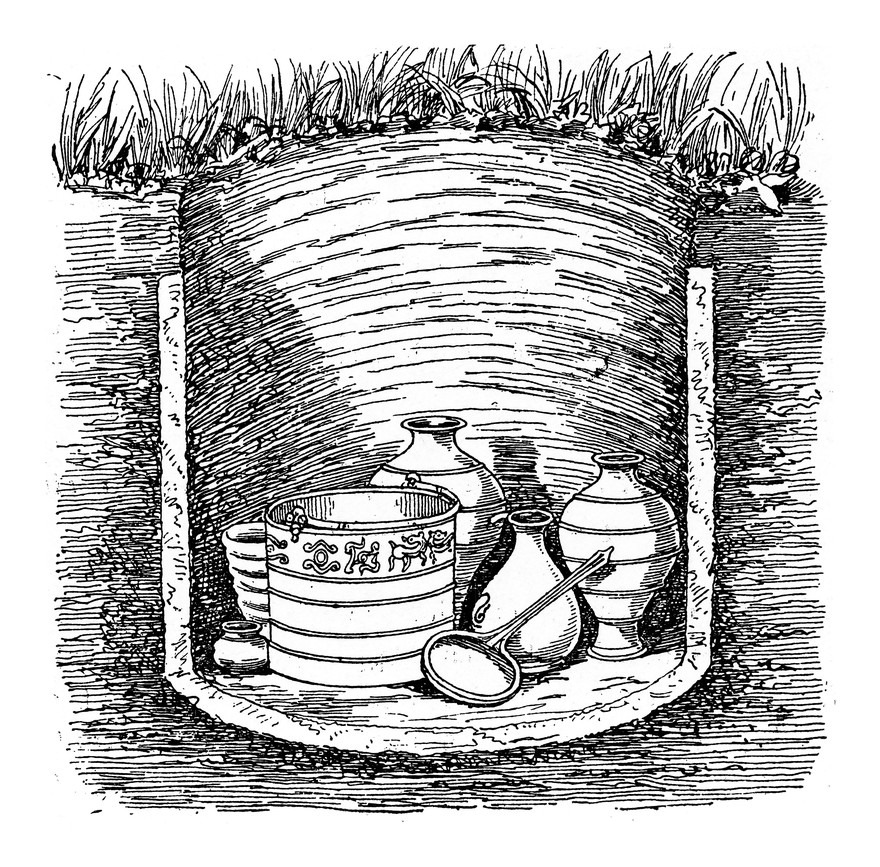
Oldbury camp is built by Celtic British tribes on a hill west of Ightham, in a strategic location overlooking routes through the Kentish Weald…
Bronze Age
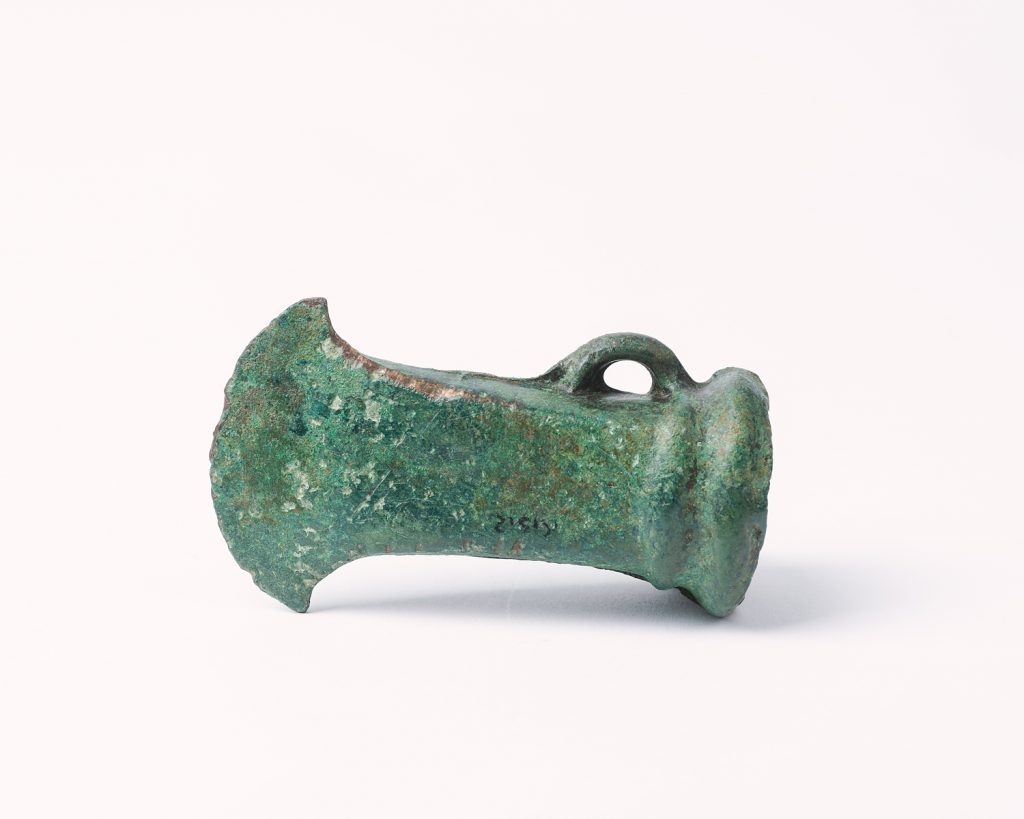
Bronze and copper replace stone as the preferred material for making tools and weapons.
The adoption of agriculture becomes widespread.
New Stone Age
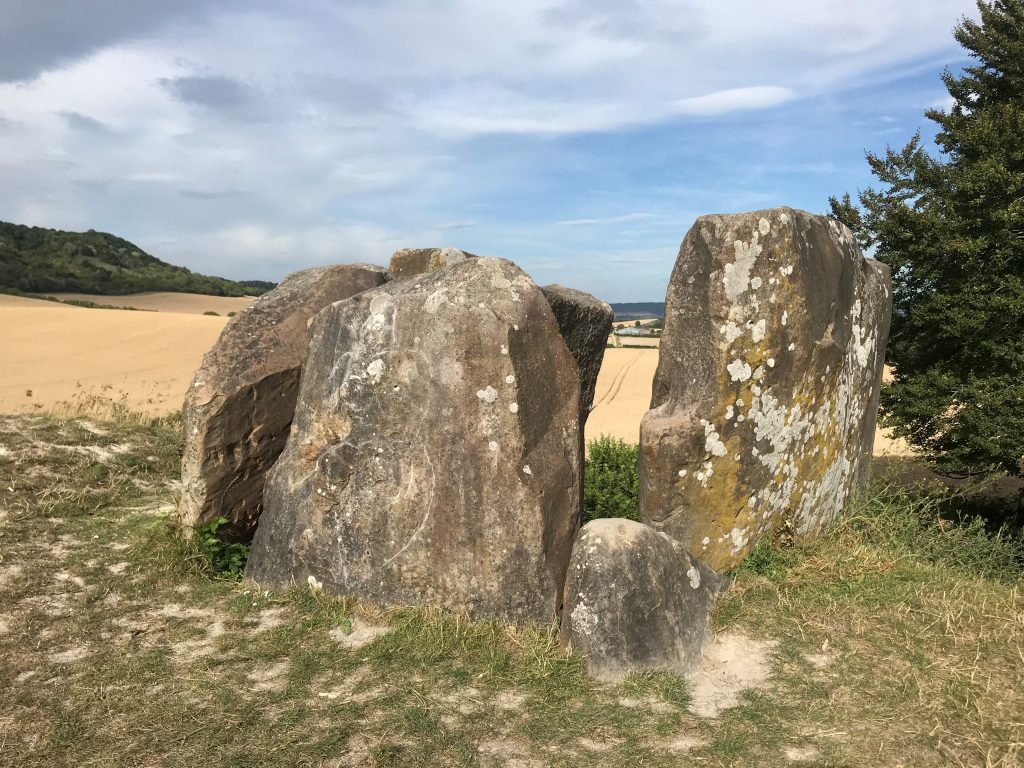
People begin farming and producing pottery, and take part in rituals that signify complex spiritual beliefs.
Britain has become an island after millennia of rising sea levels.
Modern humans
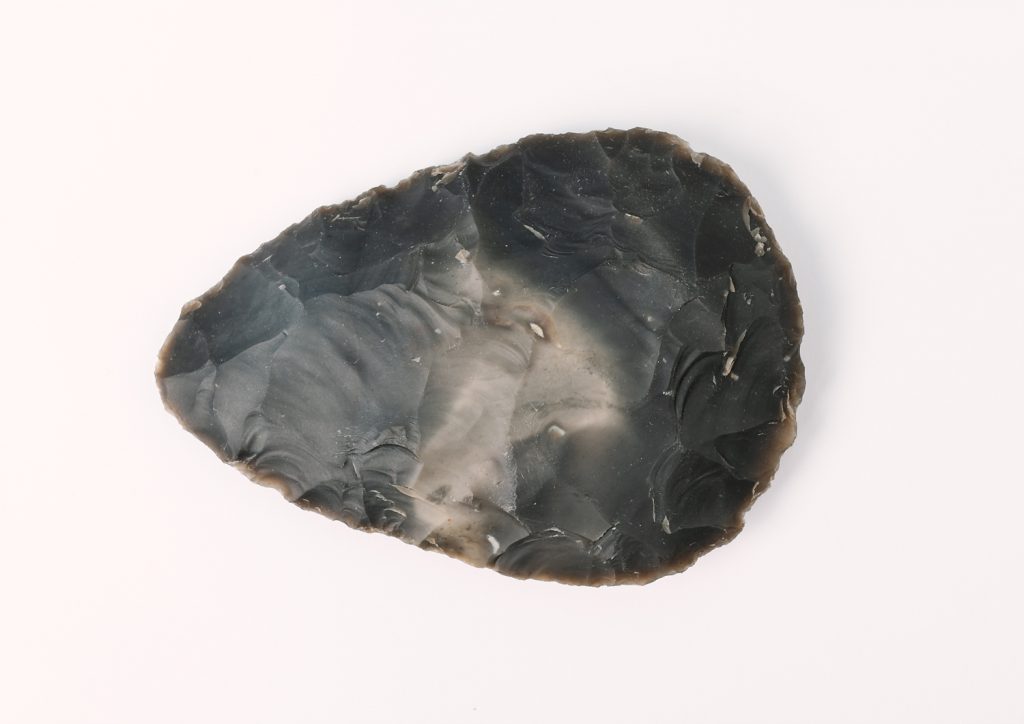
Homo sapiens have dispersed into Europe from Africa. They live in large groups, and make increasingly sophisticated tools and weapons from wood and stone.
Our stone age ancestors
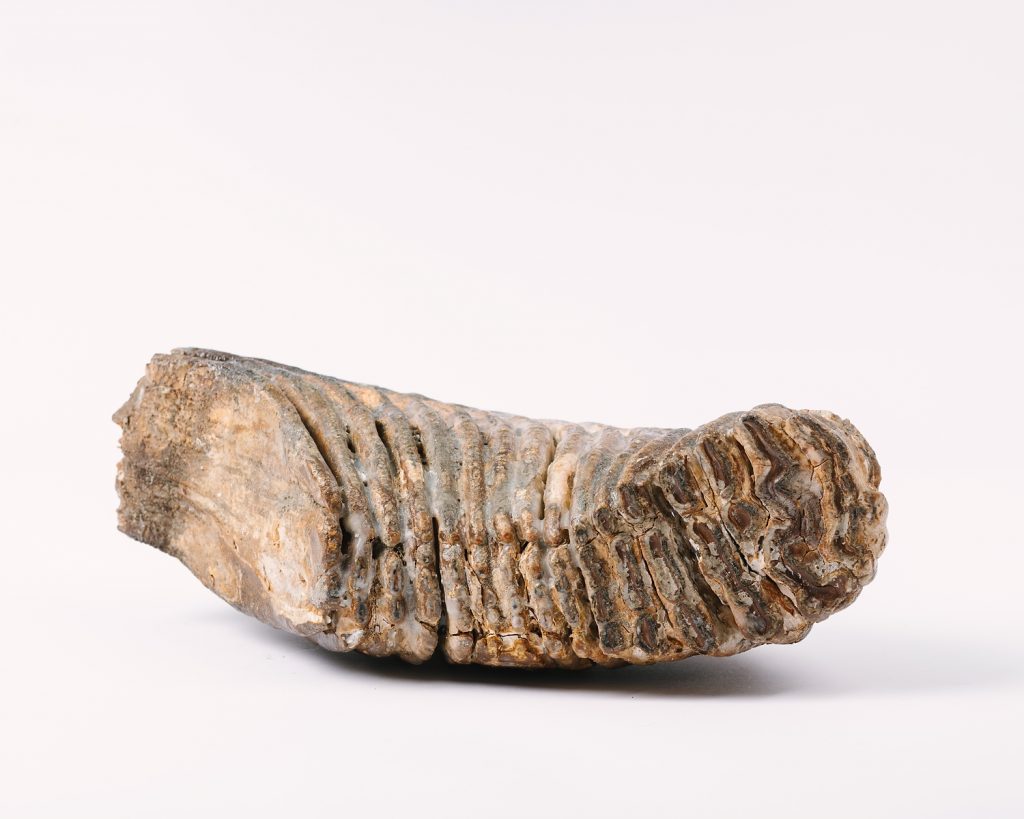
Ancestors of modern humans share the land with large mammals which they learn to hunt for food.
Britain is still attached to the continent.
Timeline 02
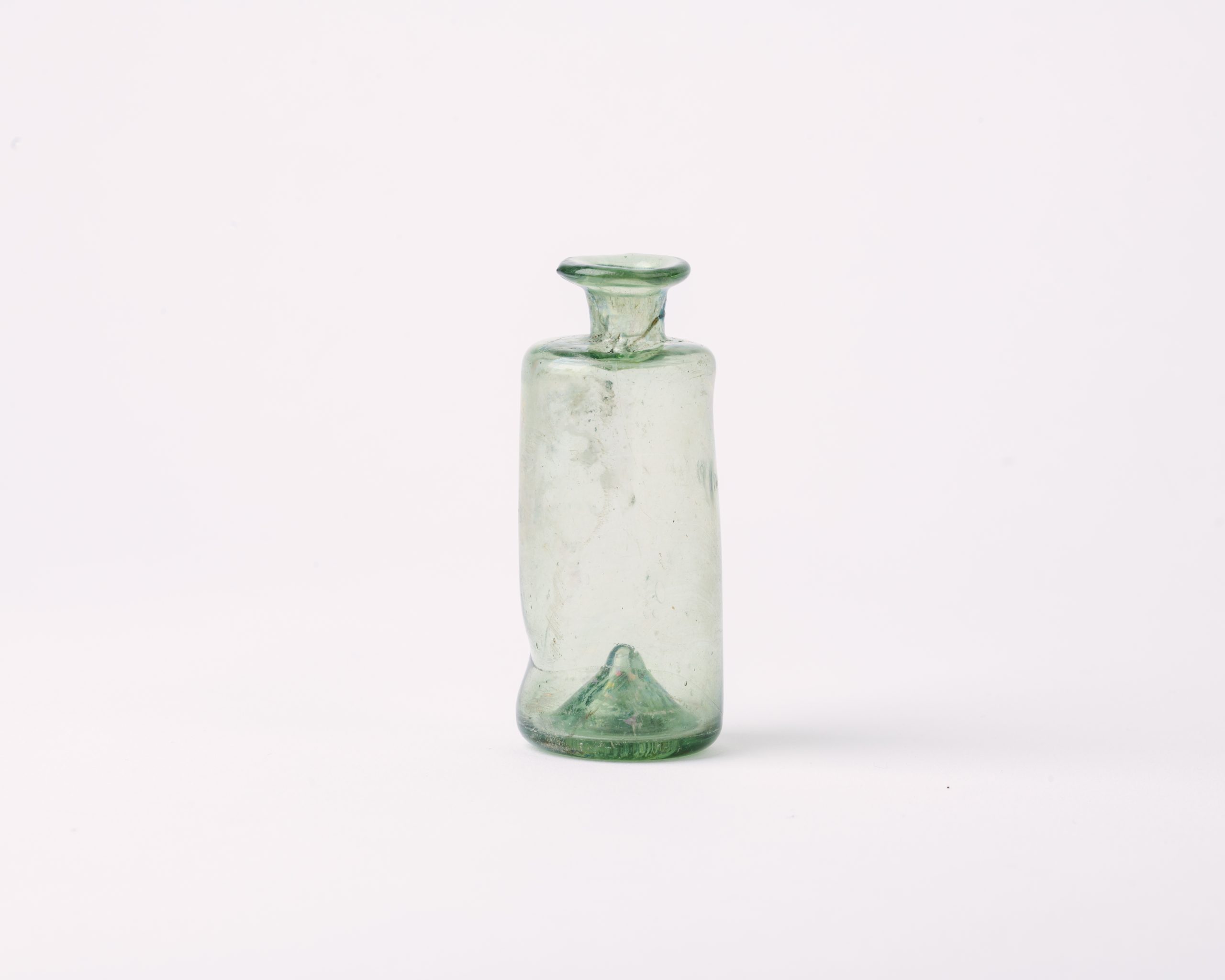
Timeline 01
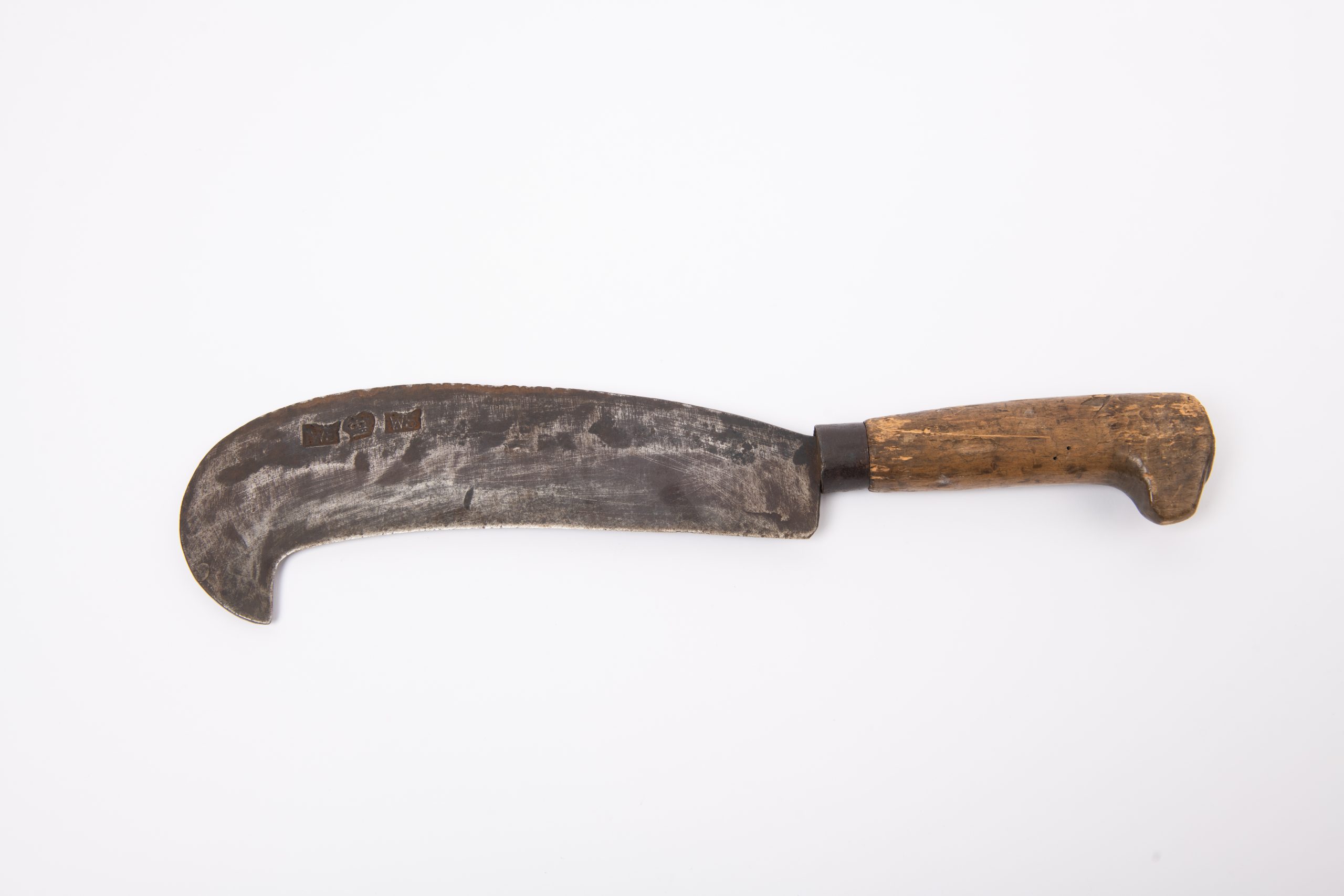
Artist Vincent New
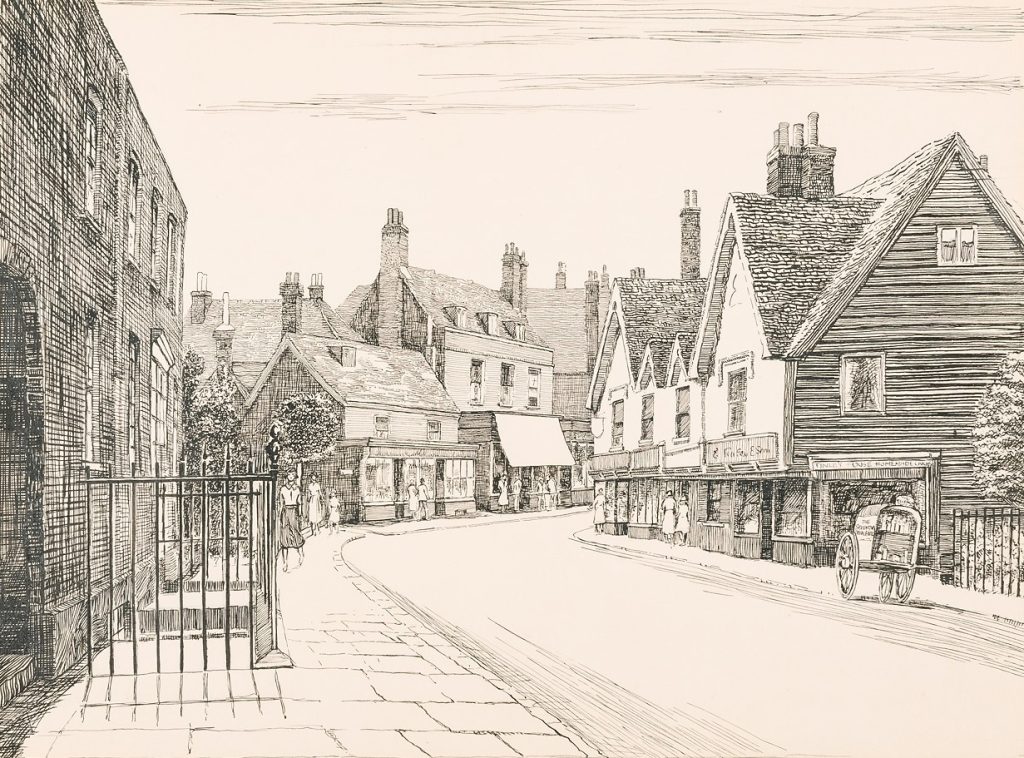
Vincent New was born in Bromley. As a teenager, just after the First World War, he was sent to work on a farm in Australia, but as soon as he could he returned to England to pursue his creative ambitions. New began studying at Bromley School of Art in 1925, whilst managing a seven-acre poultry […]
New acquisition
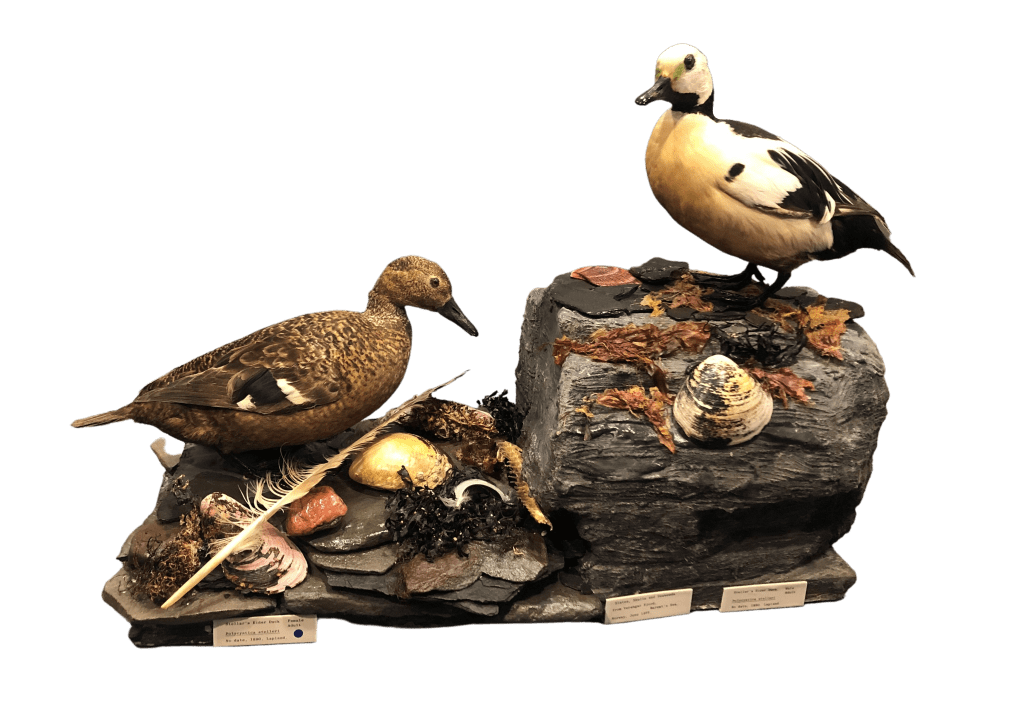
What the duck? Sevenoaks Museum does not typically collect taxidermy, yet these eider ducks have found a home here because of their connection to a significant family and location in our town. They were donated by the Harrison Institute for biodiversity research. The institute was originally founded by Dr James Harrison in 1930 as a […]
New acquisition
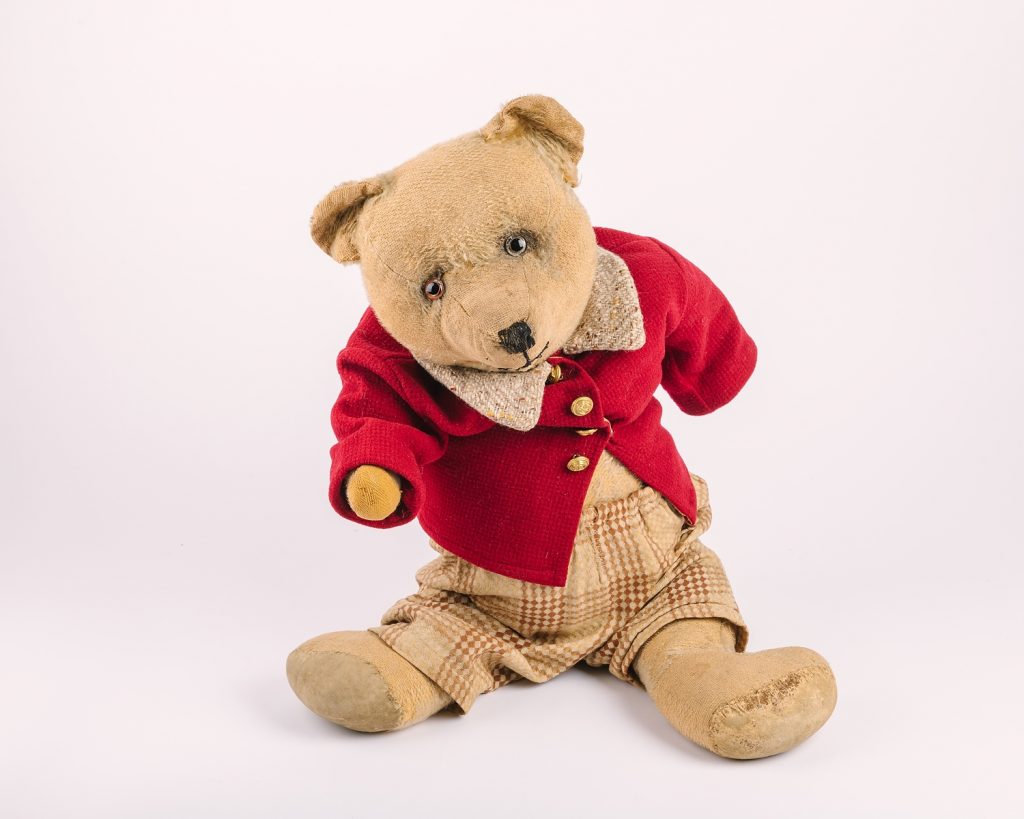
‘Donald Double’ This teddy bear was recently gifted to the museum. It is the only teddy bear in the Sevenoaks collection. Donald Double, so the handwritten label in his flat cap calls him, was given to his owner Margaret Terry Double as a young child. She was born in 1925, when her parents lived in […]